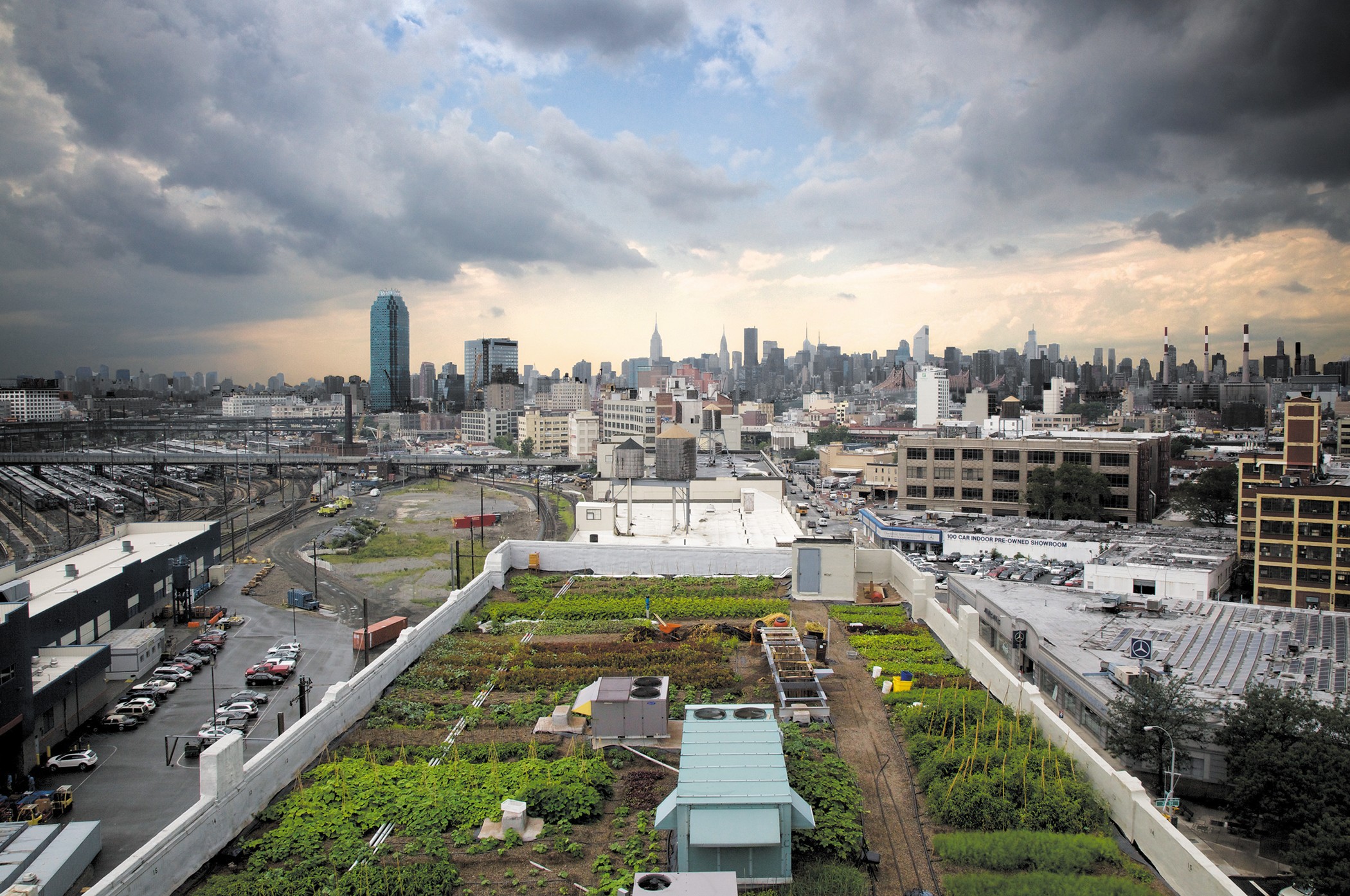The Facts About City Blooming Revealed
Table of Contents4 Easy Facts About City Blooming ShownThe Single Strategy To Use For City BloomingCity Blooming for DummiesThe City Blooming DiariesThe 9-Second Trick For City Blooming
Interested in expanding food for sale in the City of Chicago? Believing regarding starting a community yard? Changes to the Chicago Zoning Ordinance allow agricultural usages like neighborhood gardens and city ranches in many parts of the city. Below is a listing of regularly asked concerns regarding the regulations and policies that farmers ought to think about when intending a metropolitan farming project.
The zoning amendment does not change any various other codes managing composting, structure licenses, buying or renting City had home, organization licenses or ecological contamination. There are existing codes that manage these concerns and they remain completely result and may apply to your project. Neighborhood yards are usually possessed or managed by public entities, public companies or community-based organizations and preserved by volunteers.
Urban ranches grow food that is meant to be offered, either on a not-for-profit or for-profit basis. As a result of their commercial function, urban farms require an organization license. Yes. An area garden is permitted to offer excess produce that was grown on site if the sales are accessory or subordinate to the garden's main purpose explained over.
An Unbiased View of City Blooming
The amount of garden compost material can not surpass 25 cubic yards at any type of given time according to the requirements in 7-28-715 of the City's Municipal Code. Due to the fact that the dirt at many brand-new garden sites requires amending, compost, dirt, wood chips, or other products can be acquired to build or boost the growing room.

If a building license is needed after that the hoophouse will certainly be thought about an accessory building. You can find out more about the building authorization demands by getting in touch with the Department of Buildings. The 25,000-square-foot size limitation is meant to stop a solitary community garden from dominating a provided block or diminishing the block's existing residential or industrial character.
The limitation does not relate to yards situated in Public Open Area (POS) districts. Can there be even more than one area garden that is 25,000 square feet on a solitary block? Yes. The size limit uses to specific gardens, not to specific blocks. No. Fencing is not required, nevertheless, yards that have big parking lot might be needed to install fencing or other landscaping functions.
Some Known Details About City Blooming
B1 & B2 areas require that all commercial use activities be carried out inside your home. Is fencing required for urban farms? Fences may be needed, along with landscaping and screening, for certain car park locations and exterior job or storage locations depending on area and the specific task taking place.
Urban farms need structure authorizations and zoning approvals prior to building and construction (landscaping). Various other forms of city review might be required depending on specific structures, tasks, dimension, landscaping, licensing, public health and stormwater management concerns.
The Division of Business Matters and Customer Security can assist establish the particular type of organization permit that's called for. Off street vehicle parking is required for many business tasks in Chicago. The called for number of parking spaces is based on the number of workers working on site and not the square video footage of the growing area.
The smart Trick of City Blooming That Nobody is Discussing

A city farm can market compost product produced on site, nonetheless, the procedure should abide with the laws in 7-28-715 of the Chicago Municipal Code. Aquaponic systems are permitted inside your home on urban ranches in many zoning areas.
Approximately 5 hives or swarms of honey bees might be maintained as an accessory usage. However, beekeepers should hop over to these guys register with the Illinois Department of Farming. To find out more regarding the proposed zoning modification you might speak to the Division of Housing and Economic Growth, Bureau of Preparation and Zoning at 312.744.8563.
Farming in cities and urban locations A city farm in Chicago. Urban agriculture describes various methods of growing. https://hub.docker.com/u/cityblooming, handling, and distributing food in metropolitan areas. The term likewise applies to the area activities of pet husbandry, tank farming, beekeeping, and horticulture in an urban context. Urban farming is identified from peri-urban farming, which takes area in rural locations at the side of suburban areas.
3 Simple Techniques For City Blooming
, who look for to create social networks established on a common principles of nature and area holism. These networks can develop by means of formal institutional support, coming to be integrated into regional community planning as a "transition town" motion for lasting urban advancement.
Some of the very first proof of urban agriculture comes from Mesopotamia.